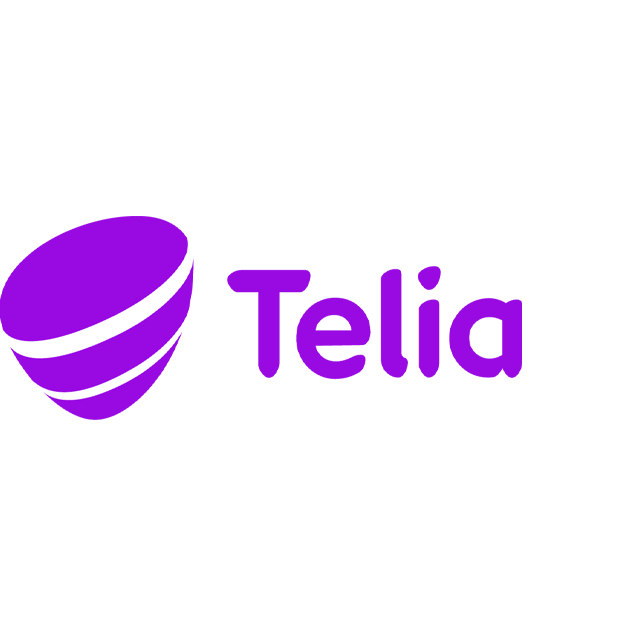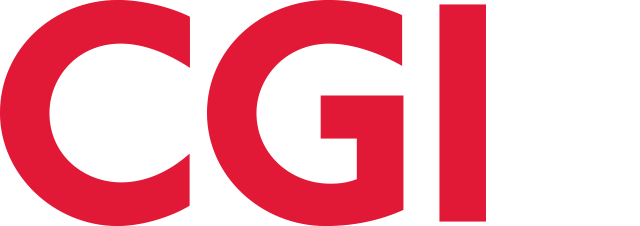
“SAFe seemed like a 1-to-1 match for us. Someone had already come up with a model to address our needs, which brought better requirements management, prioritization, governance, and a common language for the entire organization.”
—Risto Reinikainen, Head of Lean Agile Center of Excellence, Telia Finland
Challenge:
In the competitive, fast-moving telecom market, Telia Finland sought to deliver more capabilities to customers, but that longstanding waterfall methods kept it from moving forward.
Industry:
Telecommunications
Solution:
SAFe®
Results:
- 39 percent more capabilities than before
- 34 percent less cost
- 94 percent accuracy delivering on commitments for a major rebranding
- Teams deliver incrementally and more often
- People are more engaged in and satisfied with their work
Best Practices:
- Don’t skip training – Telia trained as many people as possible on Leading SAFe and Implementing SAFe, with many earning SAFe® Agilist (SA) and SAFe® Program Consultant (SPC) certifications. When they hit the critical mass, everything began running more and more smoothly.
- Get help, especially in the beginning – Telia engaged partners for training and guidance for the first one to two years to speed up implementation
- Prepare suppliers – The company provided way of working documentation (WoW) and training for suppliers
- Plan ahead – Do your homework on epics and features, and prepare carefully for ceremonies, especially for PI Planning
The partner that made it happen:

Introduction
Telia is a leading telecom operator in the Nordic and Baltic regions with 21,000 employees and 84.2 billion SEK ($9.46 billion USD) in net sales. Telia Finland is a major player in the Finnish market with operations on mobile, broadband, fixed line, and TV.
Within the country, multiple companies compete for a share of the telecom market. To stay ahead of the competition, in 2011 Telia Finland began a transformation initiative to deliver innovations to customers faster. At the time, the company struggled with infrequent and often delayed releases—about every nine to 12 months—and quality issues, with various groups placing the blame on others.

“The market, especially in the mobile business, is constantly changing,” said Risto Reinikainen, Head of Lean Agile Center of Excellence at Telia Finland. “To compete, we have to be very proactive and agile in bringing out cutting-edge offerings.”
To that end, individual teams and projects spent several years applying more or less homegrown practices to achieve goals, including improving communication, putting more emphasis on statements of work, better requirements management, and close follow-up of activities. Yet none of these disparate activities produced the results they sought and most projects continued in waterfall.
SAFe®: A Perfect Fit
Driven by an urgent need to change, Telia researched Agile methodologies. When they came across SAFe, it seemed like a perfect fit for their objectives.
“SAFe seemed like a 1-to-1 match for us,” Reinikainen said. “Someone had already come up with a model to address most of our needs, which brought better requirements management, prioritization, governance, and a common language for the entire organization.”
To begin the journey of adopting SAFe, Telia engaged partners such as Scaled Agile Partner CGI for training and coaching. Partners initially trained approximately 100 people on Leading SAFe®. The next natural step was to train Telia’s own people on Implementing SAFe®. During the fall of 2016, four people earned SAFe® Program Consultant (SPC) certification and began leading training as well..
The company kicked off its first Program Increment (PI) in 2015. Since many within the company had worked with loose Agile concepts previously, most individuals were ready and willing to embrace a more mature framework. Yet, the first few PIs did not go as smoothly as hoped as people were still getting accustomed to the new terminology and method. The structure, however, kept people engaged and with a clearer vision about their roles.
“The First Planning sessions were more or less chaotic,” Reinikainen said. ”Epics and features were far too big and not mature enough; routines and tools were missing; some teams were still waterfalling their sprints; and areas such as test automation and configuration management were not ready for Agile operations.”
The company applied that experience and devised various steps to prepare people for PIs. They trained as many people as possible on Leading SAFe® with many earning SAFe® Agilist (SA) certifications. To that, they added their own ”war stories” to educate team members and give them more insight throughout the training.
To prepare suppliers to join Agile Release Trains (ARTs), Telia created a guidelines document on working with Telia and applying SAFe, and a workshop to reinforce the concepts. Every few weeks, coaches followed up with suppliers to ensure they were working in the new model. The common language of SAFe effectively unified the internal and external team members across locations.
Once Telia reached around 200-250 people trained, Reinikainen noticed a new synergy; people were using the same terminology and applying the concepts more cohesively and naturally. Today, the company has trained more than 400 people. They promote continuous improvement and best practices with Communities of Practice.
An Answer for Complexity: Large Solution Level SAFe
Initially, Telia began with Program-level SAFe, but then moved to Portfolio-level SAFe. More recently, they moved to Full SAFe, including SAFe’s Large Solution level, to accommodate complexity, which includes more than 200 systems, many dependencies, and numerous external suppliers. Particularly, the Large Solution level offers the roles, artifacts, and processes for larger, multi-year projects such as those at Telia.
From Telia’s perspective, Full SAFe and SAFe’s Large Solution level brought much-needed additions:

- More transparency to all development activities and resourcing
- Coordination and synchronization between waterfall projects and Agile Release Trains (ARTs)
- Control, visibility, and transparency to connect all trains, suppliers, and programs
- Greater value creation with one prioritized portfolio backlog
“Large Solution SAFe brought a systematic approach to our complex environment that we definitely needed in order to coordinate our work,” said Nina Pakkanen, a Solution Train Engineer (STE) at Telia.
In Inspect & Adapt sessions at the close of PIs, comments from team members confirmed that the Large Solution level had achieved what Telia anticipated:
- “Large Solution Level makes epics more concrete prior to actual implementation.”
- “Capability and feature-level analysis are much clearer now.”
- “Transparency and collaboration with the business has improved a lot.”
Additionally, Telia consolidated from seven development portfolios into a single operational one that includes all B2B, B2C, B2O, and channel solutions—resulting in better visibility into resources, activities, and priorities. Before, the various portfolios competed for the same resources and projects.
Pulling Off a Rebrand—On Time
In 2017, when the company rebranded under the name Telia Finland, SAFe provided essential structure to coordinate the many pieces. Overnight, everything had to be branded with the Telia Finland name, from the website to napkins.
With everyone committed to the goal, they delivered smoothly by the target date. What’s more, they did so with 94 percent accuracy on their commitments.
“At night it was the old name, and in the morning everything was under the new name,” Pakkanen said. “It was truly a success that we carried out such a big initiative on time.”
Delivering More, and More Often
Telia currently runs two Agile Release Trains and two Large Solution Trains with around 350 people. Since moving to SAFe, the company has noted quantitative and qualitative results to show its progress:
- More capabilities – The development organization delivers approximately 39 percent more capabilities than before
- Greater predictability – Telia has much-improved insight into what’s coming in the next one to two years
- Cost reduction – Telia reduced the price per developed capability by around 34 percent
- More frequent delivery – Teams deliver incrementally and more often
- Higher engagement – Leaders note that people are more engaged in and satisfied with their work
Such results have helped earn middle management buy-in for the transformation; their commitment has increased in step with results.
“People know the old way doesn’t work, and they are now seeing that SAFe is a better approach,” Pakkanen said. “We’ve demonstrated that, even on the largest projects, this creates more communication, more transparency, and more progress.”
